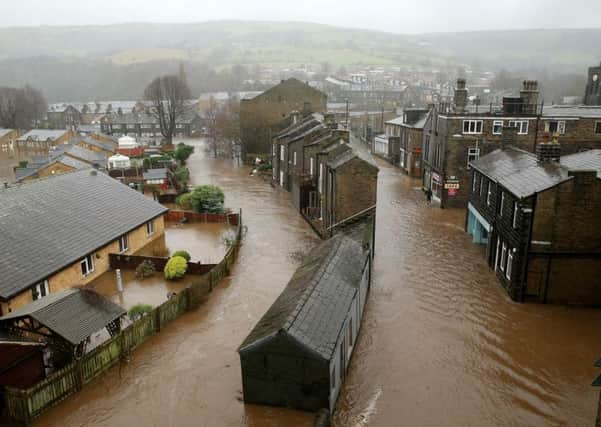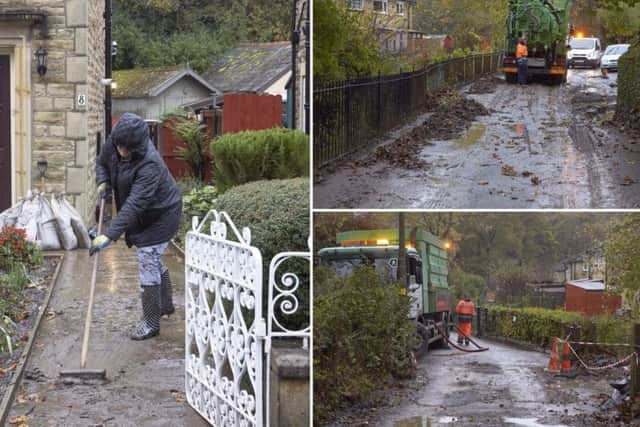How Calderdale is turning the tide in flooding fight with MP’s law change bid – The Yorkshire Post says


This is epitomised by the law change that Halifax MP Holly Lynch set out in Parliament in which she proposed ‘flood risk’ being added to the statutory responsibilities of Environment Agency and water companies.
Advertisement
Hide AdAdvertisement
Hide Ad

Though they have jurisdiction for drought risk, her argument is that they should be tasked – in law – with using the expertise to control the flow of water flowing down valleys to built-up areas.
And it would formalise the pioneering work already taking place in Calderdale – and elsewhere – in which reservoir levels are deliberately lowered, in a controlled manner, so that they have additional capacity when heavy rain is forecast.


Advertisement
Hide AdAdvertisement
Hide AdAlthough this work is in its infancy, the early evidence is that water does not rise so rapidly along the river Calder – and much to the relief of all those people who have endured years of flooding misery.
The challenge now is taking this innovation to a new level – successive governments have, for too long, failed to realise that flood prevention and mitigation work must begin at the original source of a river or stream.
In doing so, the flood risk will, hopefully, be reduced. But there are two caveats. First, Ministers must invest in those flood defences that have been identified as priorities – and any strategy, as Ms Lynch says, depends on all parties, from local councils to Defra, the Environment Agency and firms like Yorkshire Water, working together to turn the tide.